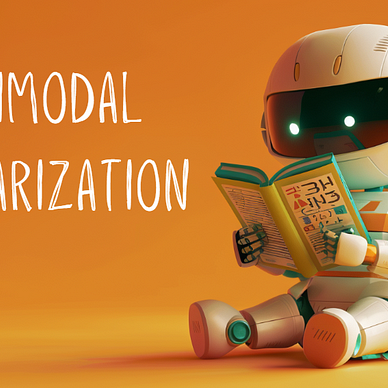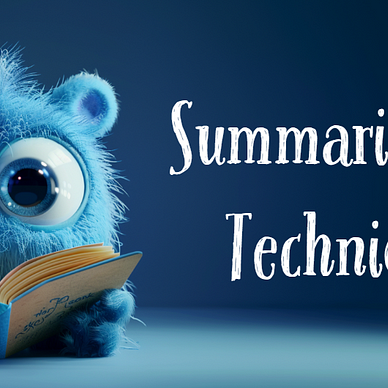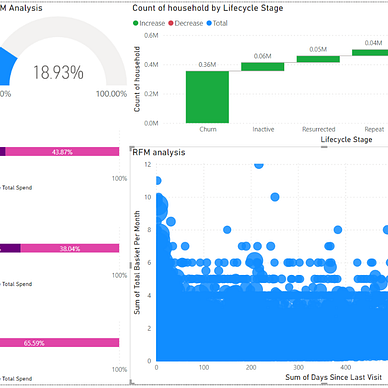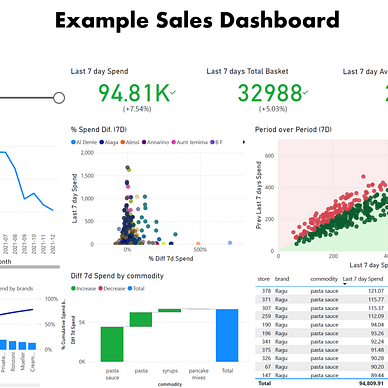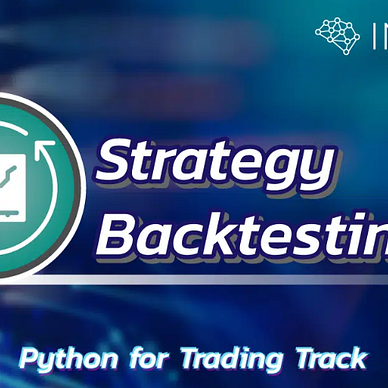The Art and Science of Pricing Strategies
Data Mastery Series — Episode 17: The Art of Pricing
Connect with me and follow our journey: linkedin.com/in/nattapong-thanngam
In our ongoing exploration of supply chain insights, let’s briefly recap: Our series has so far covered Time Series Forecasting in five episodes (EP1, EP2, EP3, EP4, and EP5) and Economic Order Quantity (EOQ) in two episodes (EP1 and EP2).
This episode marks our foray into the critical realm of pricing strategy. Pricing is a pivotal business element; setting it too high might yield great margins but can drastically reduce sales volume. Conversely, excessively low prices can skyrocket sales volume but significantly diminish profit margins. The challenge lies in finding the optimal balance.
Continuing our Tale
Our protagonist, Zara, having mastered sales forecasting and EOQ, stumbles upon a new realization. While walking through a bustling shopping area, she notices that some stores, offering special sales, are teeming with customers. This observation sparks a question: How does pricing affect sales volume? To find answers, she reaches out to Donato.
Understanding the Basics of Price Optimization
At the core of price optimization is a fundamental assumption: as prices rise, sales volume tends to decrease. This principle forms the basis of the Price Response Model. However, it’s important to note that this model may not apply to products that defy this logic, such as luxury goods, where higher prices can sometimes lead to increased demand.
Benefits of Price Optimization
- Enhanced Profit Margins: By identifying the optimal price point, businesses can maximize their profit margins without deterring customers.
- Increased Market Share: Strategic pricing can help in capturing a larger market share, especially in competitive sectors.
- Customer Satisfaction: Sensible pricing strategies can improve customer satisfaction and loyalty, as customers feel they are getting value for their money.
- Adaptability: In dynamic market conditions, a robust price optimization strategy allows businesses to adapt quickly, maintaining competitiveness and profitability.
In this exploration, we will apply the CRISP-DM framework to guide our analysis. (To learn more about CRISP-DM, click here.)
Business Understanding:
Our goal is to pinpoint the optimal price that maximizes profit.
Data Understanding:
To simplify, let’s focus on one product (SKU A). We’ll examine its sales volume trends in 2011, the relationship between sales volume and price, and distribution histograms of both sales volume and price.
Data Preparation:
We’re using the DBSCAN method for outlier detection. (To learn more about outlier detection methods, click here).
Modeling:
- Price Response Model Selection
There are various models like Linear, Log-linear, Constant Elasticity, and Logarithmic. For simplicity, we’ll focus on a linear fit.
- Modeling Results
- Price Impact on Sales Volume:
- The first graph illustrates a typical inverse relationship: as prices increase (blue line), sales volume decreases. - Price Impact on Revenue and Cost: C
- The second graph demonstrates that costs (yellow line) follow the same trend as sales volume.
- Revenue (green line), however, behaves differently. An increase in unit price initially boosts revenue, reaching an optimum point (blue dotted line) before starting to decline with further price increases. - Price Impact on Profit:
- The third graph shows a similar pattern for profit (purple line). Increasing the unit price enhances profit up to a certain threshold, beyond which profit starts to fall.
- The price for maximum profit (red dotted line) differs from the price for maximum revenue. - Sold Quantity’s Impact on Revenue and Cost:
- In the fourth graph, the cost (yellow line) rises with an increase in sold quantity.
- The revenue line (green) also increases with quantity sold but only to a certain point. Beyond this, revenue drops due to diminishing margins. - Price, Revenue, Profit, and Elasticity Relationships:
- The fifth graph explores the relationship between unit price, revenue, profit, and elasticity. - Comprehensive Relationship Analysis:
- The sixth graph presents a holistic view, showing how unit price affects sold quantity, cost, revenue, and profit.
In my professional journey, I’ve observed that business teams typically prioritize profit maximization as their primary goal. This approach focuses on achieving the highest possible profit margins, and balancing costs against revenue. However, there are scenarios where the strategic focus shifts towards maximizing revenue. This can be particularly relevant in market penetration scenarios or competitive markets where gaining market share takes precedence over immediate profits.
Concluding Notes
Price optimization and understanding the price response model are crucial for business success. This exploration aims to shed light on the significance of strategic price setting. By grasping these concepts, businesses can make informed decisions, balancing between sales volume and profitability to find the most advantageous pricing strategy.
Thank you for joining me on this insightful journey into the world of price strategy. I eagerly anticipate sharing more knowledge and experiences with you. As we look forward to our next session, I encourage you to keep optimizing and exploring. I’d also love to hear your thoughts and experiences with price optimization. Feel free to share your stories or questions in the comments below, or connect with me on LinkedIn or Facebook. Your engagement enriches our collective learning and exploration
Please feel free to contact me. I am willing to share and exchange ideas on topics related to data science and supply chains.
Medium: medium.com/donato-story
Facebook: web.facebook.com/DonatoStory
Linkedin: linkedin.com/in/nattapong-thanngam
